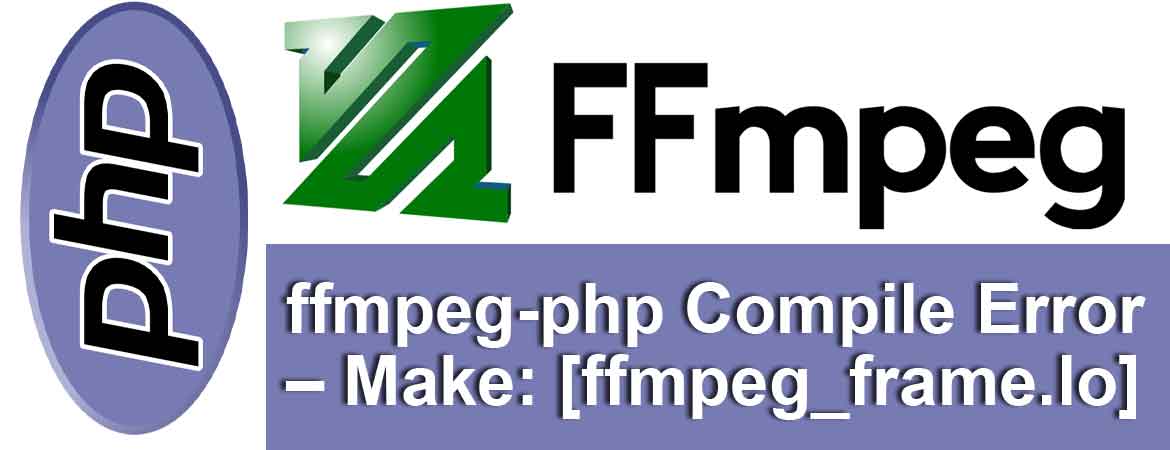How To Update Apache To Latest Version On DirectAdmin Server?
Here are the steps to update Apache to latest version for direct-admin server First check current version of apache: / usr/sbin/httpd -v CustomBuild – current If you’re using custombuild (as most new boxes are), run the following cd /usr/local/directadmin/custombuild ./build update ./build apache ./build php n ./build rewrite_confs CustomApache – end-of-life If you are using customapache with the 1.3 version of apache to the most recent, run the following: cd /usr/local/directadmin/customapache ./build clean ./build update ./build apache_mod_ssl If you’re using apache 2.x, use “./build apache_2” isntead of apache_mod_ssl. This should update both the configure options and the [...]












